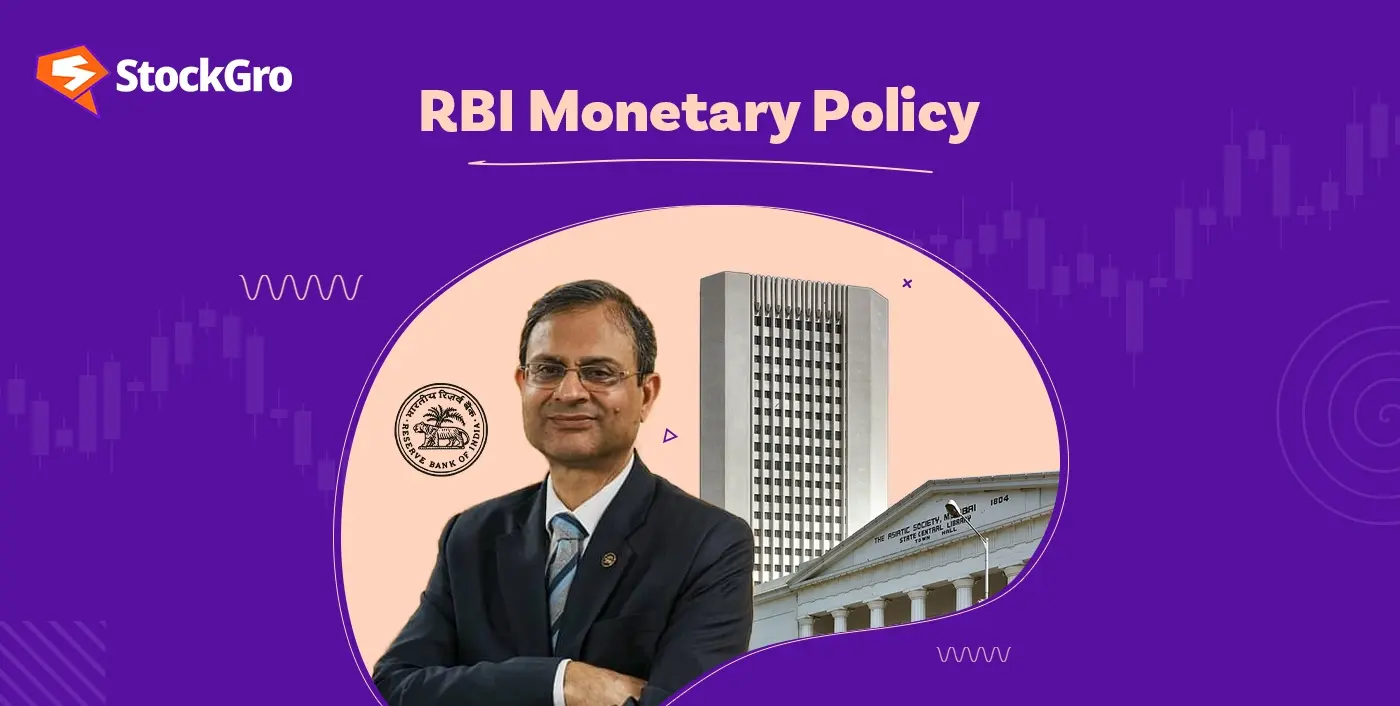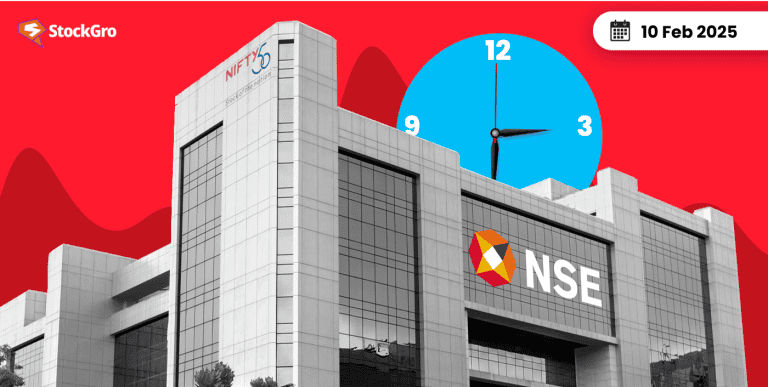
Shares of NCC, one of India’s largest construction firms, tumbled over 14% on February 7, 2025, touching an 11-month low of ₹203. The decline came after the company posted mixed Q3 results, dampening investor sentiment. Despite an increase in revenue, NCC’s profitability took a hit due to higher debt levels and revised growth projections.
Let’s break down what happened and what it means for investors.
NCC’s Q3 performance:
NCC reported a turnover of ₹5,382.86 Cr for Q3 FY25, slightly up from ₹5,287.74 Cr in Q3 FY24. However, the company’s net profit slipped from ₹220.55 Cr to ₹193.18 Cr year-on-year.
Key Q3 FY25 financials (YoY comparison):
| Financial Metric | Q3 FY25 | Q3 FY24 |
| Turnover (₹ Cr) | 5,382.86 | 5,287.74 |
| EBITDA (₹ Cr) | 540.90 | 505.41 |
| Net Profit (₹ Cr) | 193.18 | 220.55 |
| EPS (₹) | 3.08 | 3.51 |
While the company showed slight revenue growth, falling profits and reduced margin guidance for FY25 triggered a sell-off. The management’s caution regarding future earnings further added to investor concerns.
NCC stock performance
NCC’s stock has been on a steady downward trend for the last seven months, falling 43% from ₹364.50 in July 2024 to ₹208. Despite this sharp drop, the stock has still delivered a massive 320% return over the past five years.
NCC share price trend:
- July 2024: ₹364.50
- February 2025: ₹208 (-43%)
- 5-year return: +320%
For long-term investors, this presents an interesting scenario: Is this a correction, or is NCC losing its growth momentum?
Strengths vs. concerns: What investors should know
Pros:
- The company has maintained a healthy dividend payout of 22.5%.
- Debtor days improved from 70.8 to 54.6 days, indicating better cash flow management.
- Working capital requirements reduced from 87.9 days to 61.3 days, showing efficiency gains.
Cons:
- The return on equity (ROE) has been low at 9.32% over the last three years.
- High borrowing costs continue to eat into profitability, affecting net margins.
NCC’s financial growth
Over the past five years, NCC has consistently grown its revenue, but rising expenses and debt servicing costs have impacted profitability.
Yearly revenue and profit trends
| Year | Net Sales (₹ Cr) | Net Profit (₹ Cr) |
| FY20 | 8,901.07 | 324.73 |
| FY21 | 7,949.42 | 281.75 |
| FY22 | 11,137.96 | 492.63 |
| FY23 | 15,553.41 | 635.74 |
| FY24 | 20,844.96 | 735.13 |
NCC’s revenue has grown by 133% over the last five years, but net profit has not kept pace due to rising expenses and interest costs.
What’s next for NCC? Future outlook
Despite the weak Q3 results, NCC remains a key player in India’s booming infrastructure sector. The company has a diversified portfolio spanning roads, railways, irrigation, and real estate, sectors that continue to benefit from government-led capex investments.
What could drive NCC’s growth?
- Government infrastructure push: With India’s ambitious infrastructure expansion, NCC is well-placed to benefit from large-scale projects.
- Cost optimization: Improved efficiency in working capital and debtor days indicate positive cash flow management.
- Debt restructuring: Reducing high-interest obligations could improve profitability in the long run.
Risks to consider:
- High debt burden: Rising interest rates could further impact margins.
- Volatile margins: Any slowdown in government capex could reduce revenue visibility.
- Stock volatility: The sharp price decline shows market sentiment is fragile, and another weak quarter could add to selling pressure.
Key takeaways:
- Short-term pain: Weak Q3 numbers and cautious guidance have hit sentiment.
- Long-term potential: Government-led infrastructure expansion supports growth.
- Investors should watch: Debt levels, margin recovery, and FY25 earnings guidance.
Final thoughts
NCC’s Q3 performance was disappointing, triggering a steep sell-off. However, the company’s long-term growth story remains intact, especially given its exposure to infrastructure development.
For long-term investors, this correction could be an opportunity, provided they can handle near-term volatility. However, traders and short-term investors may want to wait for clearer signals before entering.

